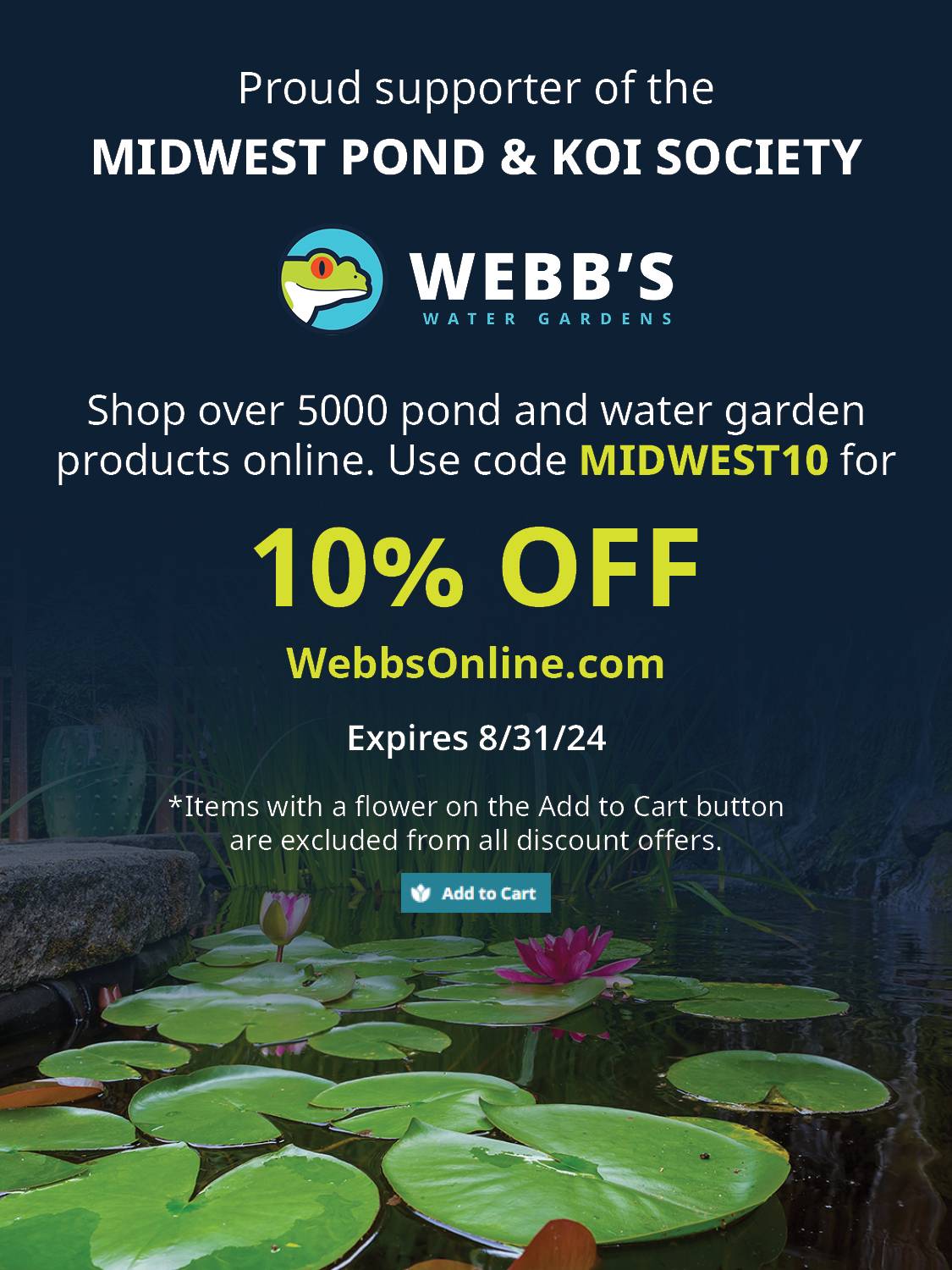THE INS AND OUTS OF KOI POND BUILDING by Mike White, White Water Filters PART 1: Planning
PART 1: Planning
Are you thinking about building or having a koi pond built? In this series of articles I will discuss how to build a koi pond. Why is it important for you to read this article prior to “digging in”? Because quite frankly there are many people in the pond industry that are telling people things that are not true, just to sell their products. Or, they installed a system themselves and feel it is the best.
Why should you take the time to read what I have to say? I have been involved with the koi hobby for over 25 years. I see more than 100 different ponds every year. I sell, install and maintain many different types of pond and koi products. I have worked with both old technology and cutting edge technology. I have written articles for various pond related publications and have conducted seminars. And I will be the first to tell you that there is no such thing as a “perfect” system.
What make a koi pond different from any other pond? The first thing is that this is a pond designed to house large fish, a type of carp, koi. In a large area they can easily be raised to a size in excess of two feet long and may grow to 3 feet long. That is a big fish. A fish this size needs room to swim and grow. But an even larger concern is that this fish uses very little of what it eats. More than 90% of the fish’s intake is expelled as waste.
A koi pond seldom has many plants in it as larger koi will eat almost any plants that grow on or below the water’s surface.
Koi are often costly and because of their bright colors, koi are susceptible to predators. In this area the primary predator of koi is heron, but raccoons can also present a problem. In addition, some times the design of the pond can cause damage to these “living jewels”.
Before you build your pond there are a lot of decisions that need to be made. Your first decision is what are you going to keep in your pond. Since you are building a koi pond, that decision has been made.
Next, you should determine the size and location of the pond. Let me give you a few pointers on this topic. First, water will naturally draw people to that area of your yard. By this I mean that if you don’t build it near your outdoor living area you will end up with a new outdoor living area – near the pond. Secondly, it should be close to and easily observed from your house. I guarantee that even while in your house you will look out to see the pond all the time. The closer, the better!
As for size, most people will tell you that you can’t make it too large. That isn’t necessarily true. If it is too large, it will be hard to see the fish or catch them when necessary. Your pond should be built so that all areas of the pond are within reach of a koi net extended to no more than fourteen feet. What this means is that you should be able to walk down one side of the pond or across a bridge and be able to reach every area of the pond. If you can’t do this, it means that you will have to use a seine net or have a helper every time you want to catch a fish in the pond. Yes, I know there are experienced pond keepers who break this design rule and can catch the fish. But it takes a great deal of experience to be able to do this. Or you are going to say, I don’t plan on having to catch any fish but that view is unrealistic.
If at all possible, the pond should not be in direct sunlight all day. Ideally, no more than four to six hours of direct sunlight should be on your pond during the summer. In the best arrangement, shade should be provided by a building or structure, but this isn’t always possible. If trees provide your shade, there will be a problem of debris from the trees getting into the pond. If it is not possible to avoid this situation, don’t worry about it. I am talking about ideal circumstances. I am always going to present the ideal ponds, but in building a pond there are always trade-offs from the ideal.
In future issues I will discuss pond design, skimmers, bottom drains, pumps, filtration, ultra-violet lights, ozone, aeration, plumbing and other pond equipment. Not everyone can build their ideal pond at the outset so I will also talk about pond building in stages based upon budgets.
©2004 all rights reserved to Mike White

